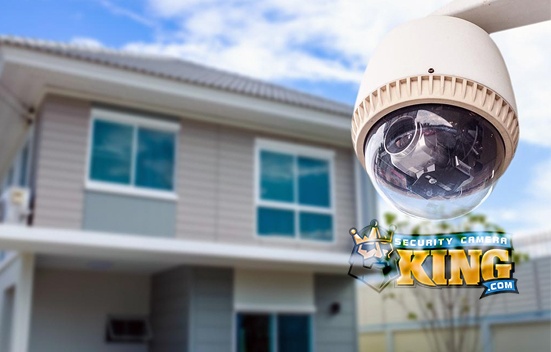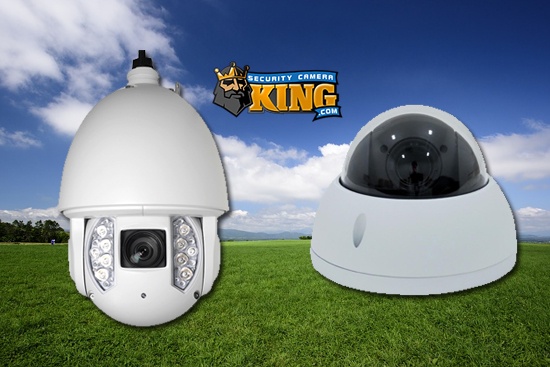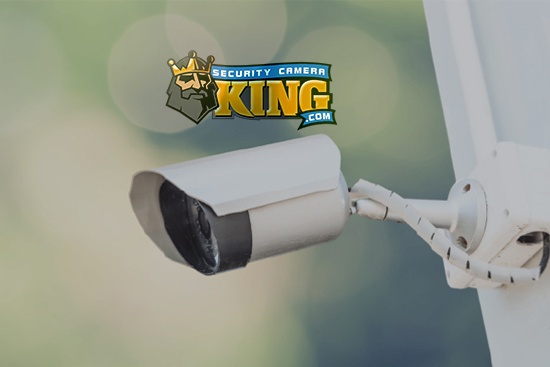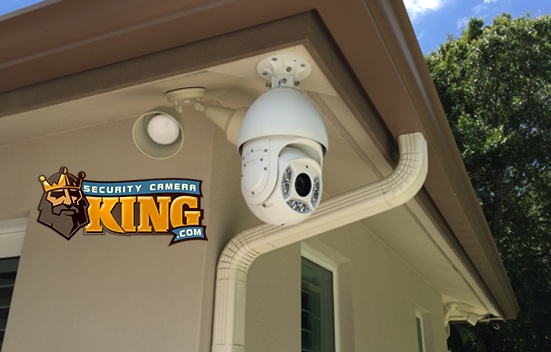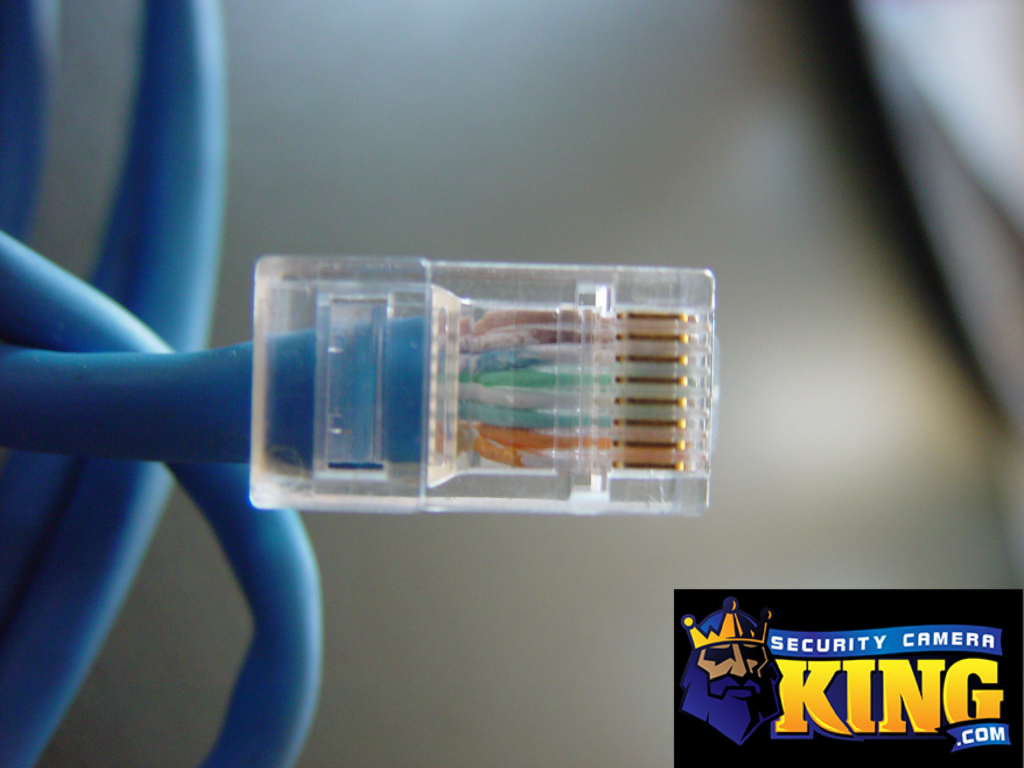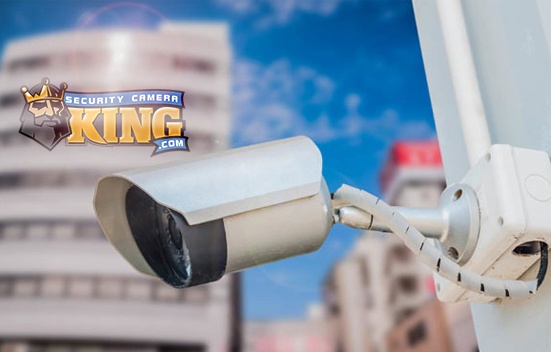Best NVR for your Needs by SCK
Hello everyone, Joe from SCK with another exciting article, this time to help you choose the best NVR for your needs! Now before we can even dive into what the best NVR is for you, it’s important to understand what an NVR is.
NVR itself is short for Network Video Recorder. These recorders are a different technology than their older but more common counterparts- DVRs. DVR is also an acronym and it stands for Digital Video Recorder. While DVRs capture their video from analog cameras connected via COAX cabling, NVRs capture their video exclusively from IP cameras on a computer network. Some DVRs are capable of accepting a few IP cameras- and these are called hybrids. All of the processing which encodes the video into digital files is performed by the DVR itself.
With an NVR, the goal is ultimately the same, capture video from cameras around the premises and record it digitally. However, the way this is accomplished is very different. With an NVR, this device connects to a computer network on-site, or its own private network. On this network, there would be network cameras- also known as IP cameras- sharing the network. Over this digital network, the NVR can connect to the IP cameras and record their video data. Unlike with DVRs, NVRs let their IP cameras do all the coding and processing of the video data, to be handed off to the NVR for recording.
Okay so now we know that an NVR is designed for IP cameras, there’s also a good chance you already knew that and are reading this for help choosing the Best NVR for your needs! There are different kinds of NVRs out there, ours can be split into two main categories. The first is Onboard POE and the second is Dual NIC. Beyond this many of our recorders also carry variations of capability within these categories so let’s break it down!
Onboard POE NVR’s are usually the better category for smaller installs. This can be a small single-family home or apartment, or a small storefront. What makes these units convenient is they have up to sixteen built-in Power Over Ethernet ports privatized and dedicated to the recorder. The vast majority of IP cameras are utilized via Power Over Ethernet- which means they get their power from and transmit their data all to and from a single cat5e or cat6 ethernet cable. With these onboard ports, a Camera can have an ethernet cable ran directly to the recorder itself, often making planning for smaller spaces more convenient and straightforward. In most cases, the recorder will handle the initial setup of the cameras from the same series, assign them the correct IP addresses, and gain access to their settings. This makes setup relatively plug and play compared to more manual setups as with recorders that do not have internal ports, and requires less networking knowledge.
One of the caveats of an onboard POE recorder, however, is that in most cases you won’t be able to access the camera’s individual interfaces from your PC’s browser. The POE ports are a private network only the recorder can access under normal circumstances. Cameras with complex specific or deeper settings might not be able to use those settings via the recorders menu. There are ways around this, like plugging a Pc into a free port on the recorder’s POE, but this is only a temporary solution. Most onboard POE recorders max out at 16 Cameras, while some can taker an additional 16 network cameras for a total of 32. For larger installations, and/or if your installation requires more dynamic access to each camera, you’ll need a 2 NIC recorder.
Rather than onboard POE ports, these recorders come with 2 available network ports. In single NIC mode, you only use NIc 1 and leave NIC 2 disconnected. You would connect the recorder to your main network, and you connect any POE switches with their IP cameras to the main network as well. You’ll have to manually search and add or input the camera data into the recorder’s registry, however, you’ll be able to access every single camera from the main network via a browser from any windows based PC.
In 2 NIC mode, you connect the recorder to your main network on NIC 1, and connect the cameras POE switches along with, or without a dedicated router, to NIC 2. In this setup the cameras are privatized again as in the Onboard POE setup, NICs 1 and 2 do not communicate with each other, however, using a PC connected to the NIC 2 network, you could access the recorder and all the cameras from this dedicated workstation, providing you both dynamic camera access and a privatized setup. For camera setups of a high number of cameras, this is recommended to keep your network traffic down.
as far as features go, our NVrs range in size and processing power from the basic necessities on our 4-8 port units, all the way up to advanced AI-powered recorders that can utilize the newest tech such as:
- Facial Capture and Recognition database
- ANPR Licence Plate Database
- AI Enhanced Intellifente Video Surveillance (IVS)
- People vs Vehicle
- SMD Enhanced Motion Detection
All of our NVRs feature Remote Viewing capabilities as long as you have internet connections available on site, as well as basic motion detection, IVS, multiple user account settings, and much much more!
If you’re convinced NVR is the way to go, you’re going to want to pick from a list of the Best NVRS out there, click the link below to see what we have to offer, but make sure to talk to a Sales Pro to be 100% certain the product you’re looking at will accomplish your goals!
Security Camera King Hi-Tech NVRS
We highly recommend that you reach out to one of our sales Pros to learn even more about compatibility, and set expectations for the equipment capabilities! There’s still no way to “enhance” blade runner style using any CCTV system, even with the best AI. outside of that, our NVRs are some of the most advanced on the market today, and all at a price that makes the equipment work for you! 561 – 288 – 5258
Related: What’s the difference between DVR and NVR?
Related: What’s the difference between H264 and H265?
Related: IP PTZ Security Cameras – All There is to Know
Related: Resolution, and why does it matter?
Related: What are active deterrence cameras?
Find Us On: Facebook | Twitter | YouTube

